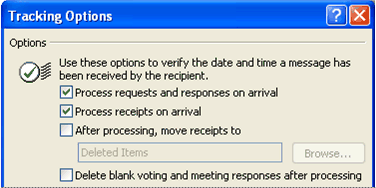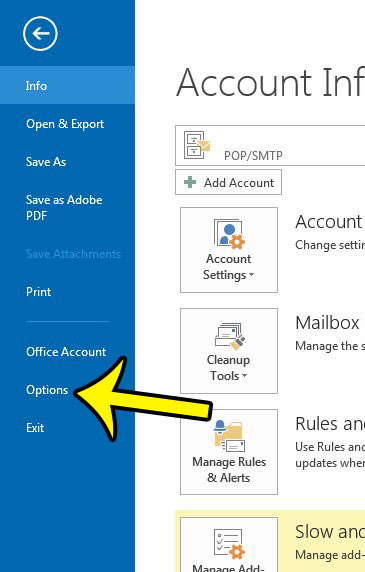
The at sign that separates the name part of the address from the domain name This limit includes the following:ģ15 characters for the name part of the address The maximum length for an SMTP email address in Exchange is 571 characters. For more information about accepted domains, see Accepted domains. With the IMCEA encapsulation method, addresses are unencapsulated only when the domain matches the default authoritative domain in the Exchange organization. The placeholder represents the SMTP domain that's used to encapsulate the non-SMTP address, for example, The placeholder is the encoded original address.

The IMCEA encapsulation method uses the following syntax: placeholder identifies the type of non-SMTP address, for example EX, X400, or FAX.Īlthough SMTP and X500 are theoretically valid values for, Exchange recipient resolution rejects any IMCEA-encoded addresses that use either of these types. For example, the space character has the encoded value +20.
MICROSOFT OUTLOOK 2013 READ RECEIPT PLUS
Other US-ASCII characters are replaced by a plus sign (+) and the two digits of its ASCII value are written in hexadecimal. Other characters use the following encoding syntax:Ī forward slash (/) is replaced by an underscore (_). Alphanumeric characters, the equal sign (=) and the hyphen (-) don't require encoding. This encapsulation method requires the encoding of any characters that are invalid in SMTP email addresses. Exchange supports encapsulated addresses that use the Internet Mail Connector Encapsulated Address (IMCEA) encapsulation method. However, an email address can also be a non-SMTP email address that's encapsulated inside a valid SMTP address. Standard SMTP email addresses follow the specifications of RFC 2821 and RFC 2822, such as for example. The To:, From:, Cc:, and Bcc: header fields in a message are easily forged and may not match the actual sender or recipient email addresses that were used to transmit the message. The envelope sender and envelope recipients are typically created from the sender and recipients in the To:, From:, Cc:, and Bcc: header fields in the message header. Each recipient's email address is contained in a separate RCPT TO: command. The sender's email address is contained in the MAIL FROM: command. The message envelope contains the commands that are used to transmit messages among SMTP messaging servers. Top-level resolution begins with a message and the initial, unexpanded list of recipients from the message envelope. Any sender message restrictions are also enforced. When a match is found, the properties of matching Active Directory objects are cached for later use. The categorizer then uses that list of email addresses to query Active Directory to find any mail-enabled objects that have matching email address attributes. During top-level resolution, the categorizer creates a list that contains the sender and the initial, unexpanded recipient email addresses that exist within the message. Top-level resolution associates each recipient in an incoming message to a matching recipient object in Active Directory. Top-level resolution is the first stage of recipient resolution. The component of the categorizer that's responsible for recipient resolution is frequently called the resolver. The categorizer performs recipient resolution before routing.


Recipient resolution, in addition to content conversion and routing, is performed on the message before the message is put in a delivery queue. Categorization on each message happens after a newly arrived message is put in the Submission queue. In a Microsoft Exchange Server 2013 organization, recipient resolution is performed by the categorizer in the Transport service on Mailbox servers. Recipient resolution allows message limits and alternative recipients to be applied correctly to each recipient. The act of expanding the recipients expands all distribution groups into a list of individual recipients. The act of resolving the recipients matches a recipient to the corresponding Active Directory object in the Microsoft Exchange organization. Recipient resolution is the process of expanding and resolving all the recipients in a message.


 0 kommentar(er)
0 kommentar(er)
